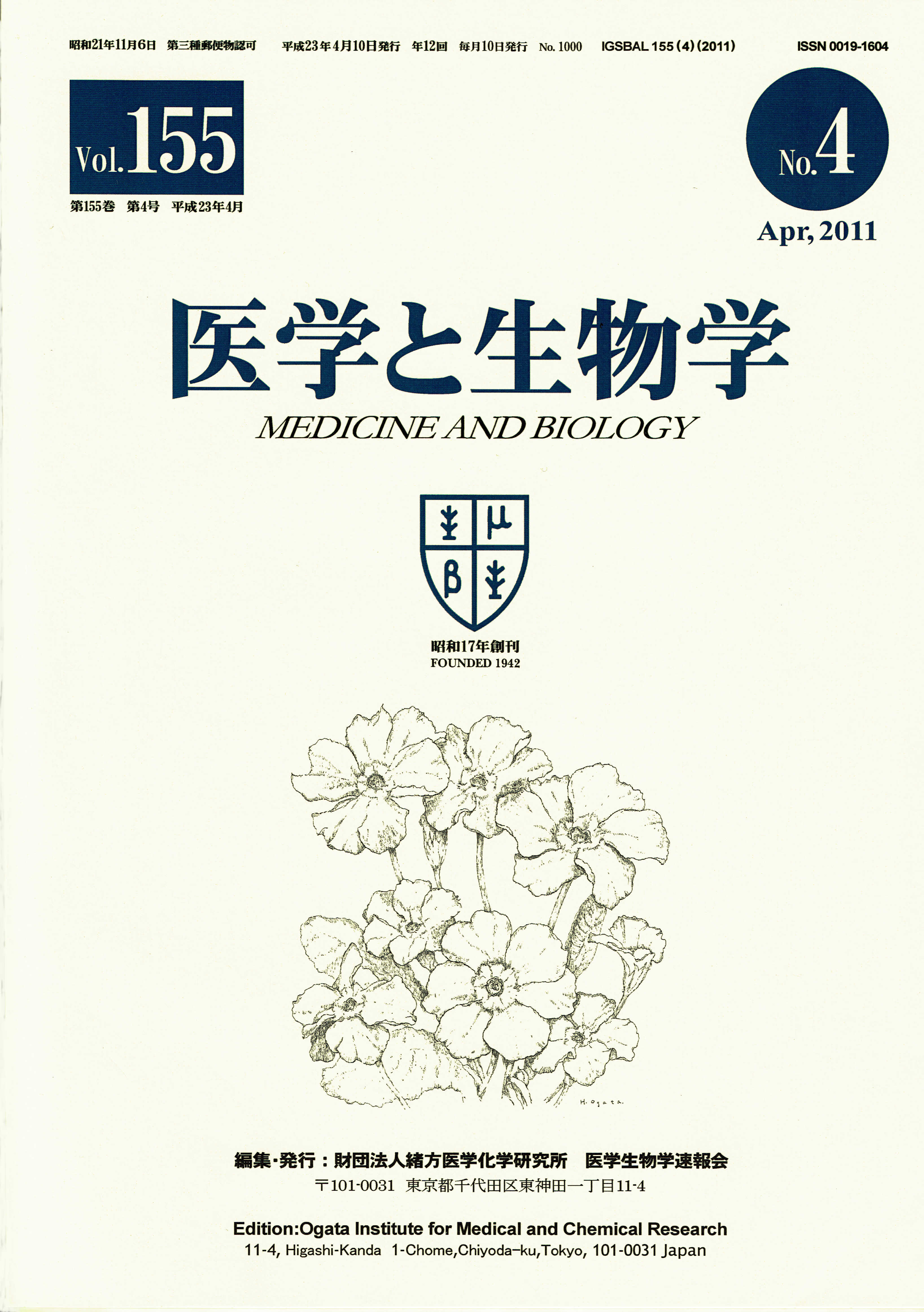SEM Studies on the Tongues of the Scaly Thrush, Eurasian Sparrowhawk, Northern Pintail and Intermediate Egret
Abstract
I examined the tongues of scaly thrush, Eurasian sparrowhawk, northern pintail, and intermediate egret by scanning electron microscopy (SEM). The tongue of the scaly thrush, which feeds on fruit, is arrowhead shaped. The tip of the tongue performs various processes. The lingual body has a smooth surface and many conical papillae are observed on the border region between the lingual body and root. The openings of the lingual gland are observed in the lingual root. The tongue of the Eurasian sparrowhawk, which feeds on birds, is a spatula shaped. The surface of the lingual apex resembles a covering of dead leaves. The openings of the lingual gland are observed on the lingual body and root. Many conical papillae are observed on the border region between the lingual body and root. The
tongue of the northern pintail, which feeds on aquatic animals and plants, is a spatulashaped apex. The tongue was elongated with a spatula-ended apex. The posterolateral region of the lingual body has saw-shaped papillae. Many conical papillae are observed in the border region between the lingual body and root. The tongue of the intermediate egret, which feeds on fishes and frogs is a needle shaped. A pair of mantle-shaped giant conical papillae is inclined toward the posterior of the tongue on the lateral side of the lingual body. The openings of the lingual gland are observed on the lingual root. Their findings suggest a close relationship between the feeding habits and structures of the lingual dorsal surfaces of birds.


